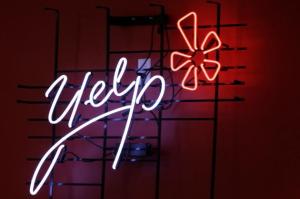Here is the article I wrote for the January Issue of RSVP MN Magazine. You can find it here.
The rise of the “Phonetographer” generation is upon us. Even though Facebook was the No. 1 social media app overall in 2013, its photo sharing subsidiary Instagram was the fastest growing app among the top 10.
Instagram is an online photo and video sharing and social networking service that enables its users to take pictures and videos, apply digital filters to them, and share them on a variety of social networking services such as Facebook, Twitter, Tumblr and Flickr. It first launched in 2010. In 2012 Instagram was acquired by Facebook for $1 billion and made a subsidiary. Instagram saw a growth in audience by 66 percent to 32 million users in 2013 (according to Nielsen Data) and shows no trace of slowing down.
While Instagram is made up of the same demographics as Facebook, it is also still growing in popularity among teens, which are shifting to single purpose or messaging apps, including Instagram, Snapchat, Whatsapp, Whisper and others.
Instagram has many uses in event marketing from several perspectives. On the marketing side, Instagram is being used for everything from shots of the venues to displays, speakers, products, crowds and interaction. On the consumer side, guests, visitors and attendees are participating in contests, recording presentations, products and displays for co-workers that are off-site, and for reviews.
Here are three ways you can successfully integrate Instagram into your events this year:
Promote your event or participation in events:
If you are traveling to a national trade show or hosting your own event, document your location with Instagram to promote traffic to your booth or event. Shoot photos of the outside of the venue to help with directions. Share photos of your booth or event to allow people to see what they will see at the event. Post photos of your booth reps or event managers so that people can more easily recognize your team.
Promote your products, services or offerings:
Highlight any new products, etc. that you will offer at the event. Especially feature a product if it is an exclusive being offered during the run of the event. Photos of this sort are great to share across Twitter, Facebook and your other marketing channels such as newsletters. This can expand your reach even to people that aren’t in attendance at the event.
Engage your audience with a photo contest:
Have attendees take photos on Instagram and post them with a message that includes a keyword you are tracking (a hashtag for example) and offer a prize to participants. This extends your reach even further as they share the photos on their channels and to their networks.
The ideas are only limited by your imagination. 2014 is upon us and the trade shows and events are in motion. Smile and get ready for your close-up!










